
Micro jigging is a popular fishing technique that has gained immense popularity among anglers in recent years. It involves using small, lightweight jigs to target various fish species.
This article will explore the world of micro jigging, its importance in fishing, the best setup, types of micro jigs, famous micro jigs, materials used in their construction, and the ideal fishing rod for micro jigging.

What is Micro Jigging?
Micro jigging is a finesse fishing technique that originated in Japan. It involves using small, typically weighted jigs that mimic the appearance and movement of prey fish. Manufacturers typically craft these jigs from metal or other durable materials, offering various shapes, sizes, and colors.
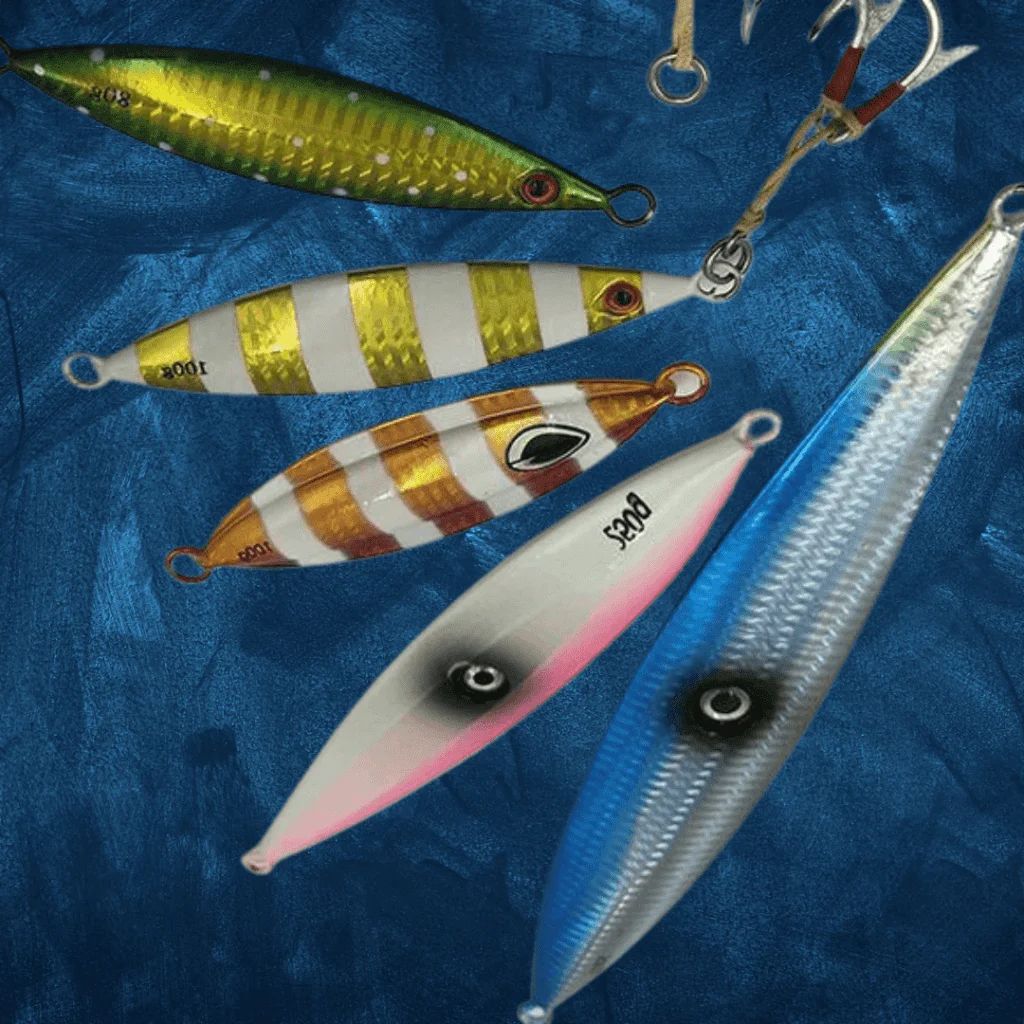
The Importance of Micro Jigging in Fishing
Micro jigging has revolutionized the fishing industry by providing anglers with a highly effective and versatile method to target various fish species. The technique allows anglers to present lifelike bait to fish more subtly and enticingly, increasing their chances of success. Furthermore, micro jigging is renowned for effectively capturing fish in saltwater and freshwater environments.
The Best Micro Jigging Setup:
To achieve success in micro jigging, it is essential to have the proper setup. The ideal micro jigging setup includes a light to medium-light spinning rod and reel combo, a sensitive braided fishing line, a fluorocarbon leader, and a selection of micro jigs in different sizes and colors. This setup ensures the angler can detect subtle bites and effectively work the jig to attract fish.
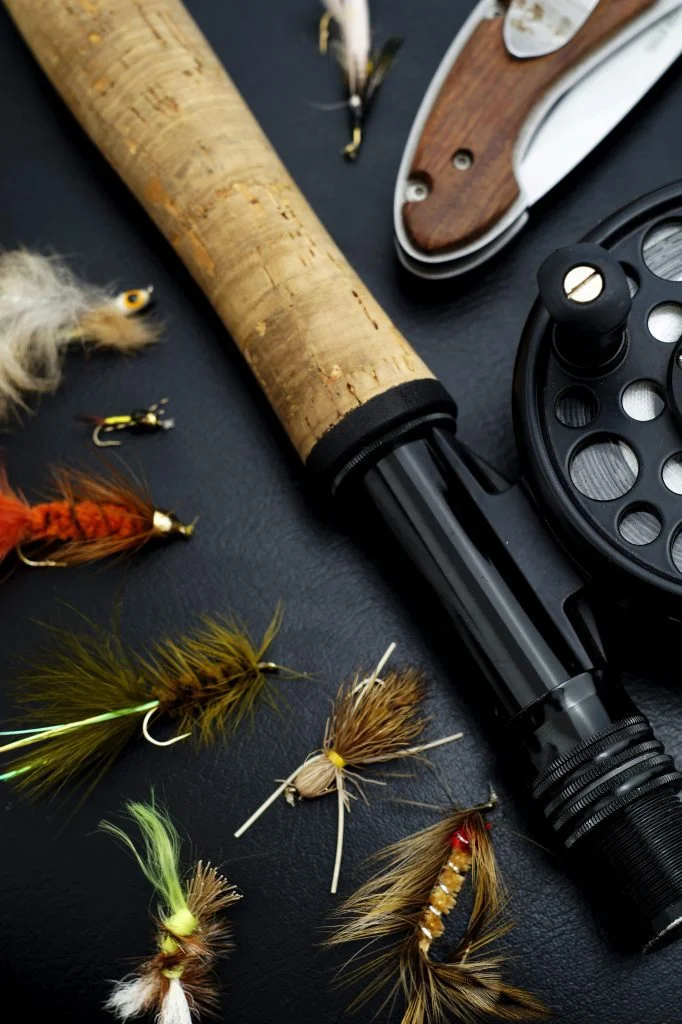
Types of Micro Jigs:
Micro jigs come in various types, each designed for specific fishing conditions and target species. Here are the four main types of micro jigs:
Jig Head
The jig head is a classic micro jig design with a weighted head and a hook. It is versatile and can be used for various fishing applications. Jig heads are available in different weights and hook sizes to accommodate various fishing situations.
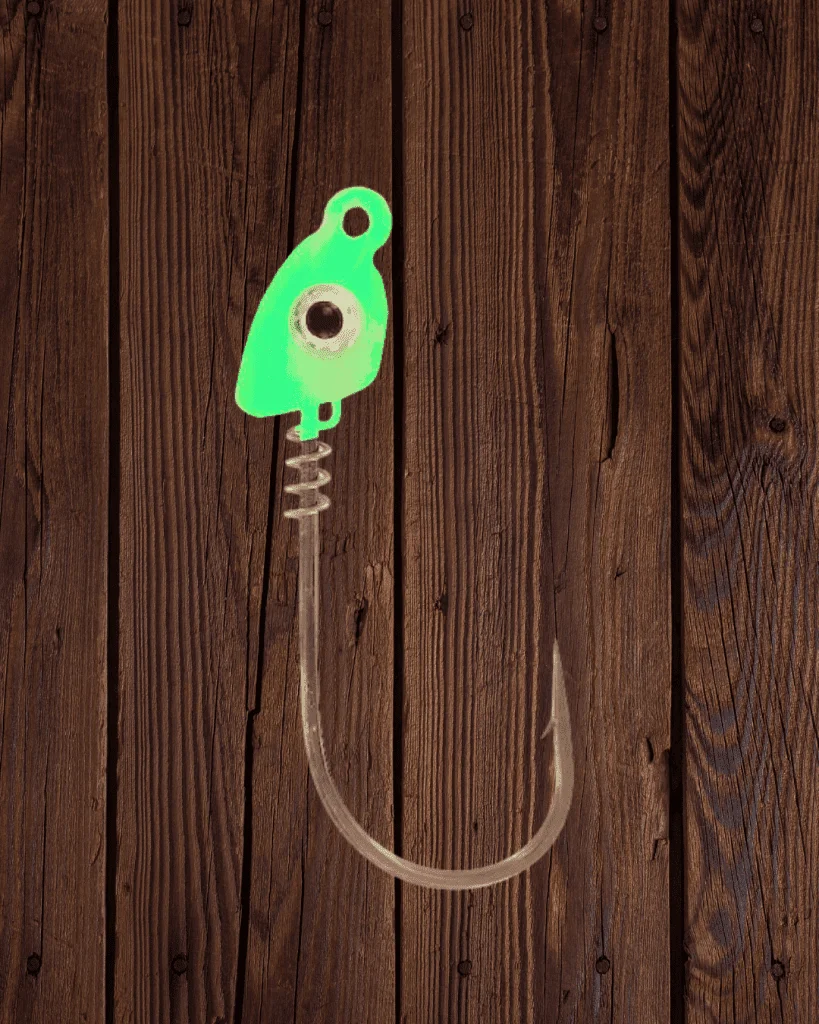
Blade Jig
Blade jigs stand out due to their thin, blade-like shape. When retrieved, they generate a fluttering action that effectively imitates a wounded baitfish.
Blade jigs are highly effective for targeting fish that feed on injured or dying prey.

Tail Jig
Tail jigs feature a small weighted head and a soft plastic tail. This tail design imparts a remarkably realistic swimming action to the jig, greatly enhancing its appeal to fish. Moreover, tail jigs find widespread use in both freshwater and saltwater fishing.

Metal Jig
Manufacturers typically craft metal jigs from lead or other metallic materials. These jigs are renowned for their exceptional casting distance and fast sinking rate. Metal jigs are popular for targeting fish in deep waters or areas with strong currents.

Composition of Micro Jigs
Manufacturers typically create micro jigs from high-quality materials that guarantee durability and effectiveness in the water. Common materials used in their construction include lead, tungsten, stainless steel, and various synthetic fibers. Combining these materials provides the necessary weight, balance, and lifelike action to entice fish.
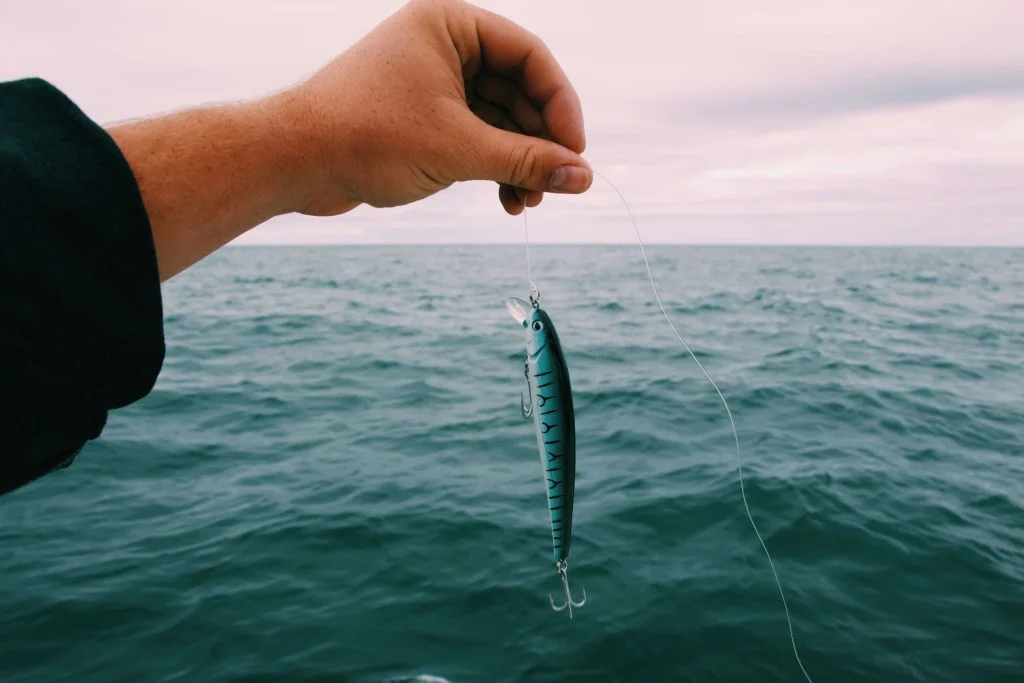
Choosing the Right Fishing Rod for Micro Jigging
Selecting the right fishing rod is crucial for a successful micro-jigging experience. A light to medium-light spinning rod is recommended for micro jigging, as it offers the sensitivity and flexibility needed to detect subtle bites and control the movement of the jig. The rod should have a fast or extra-fast action for better hooksets and improved jig control.
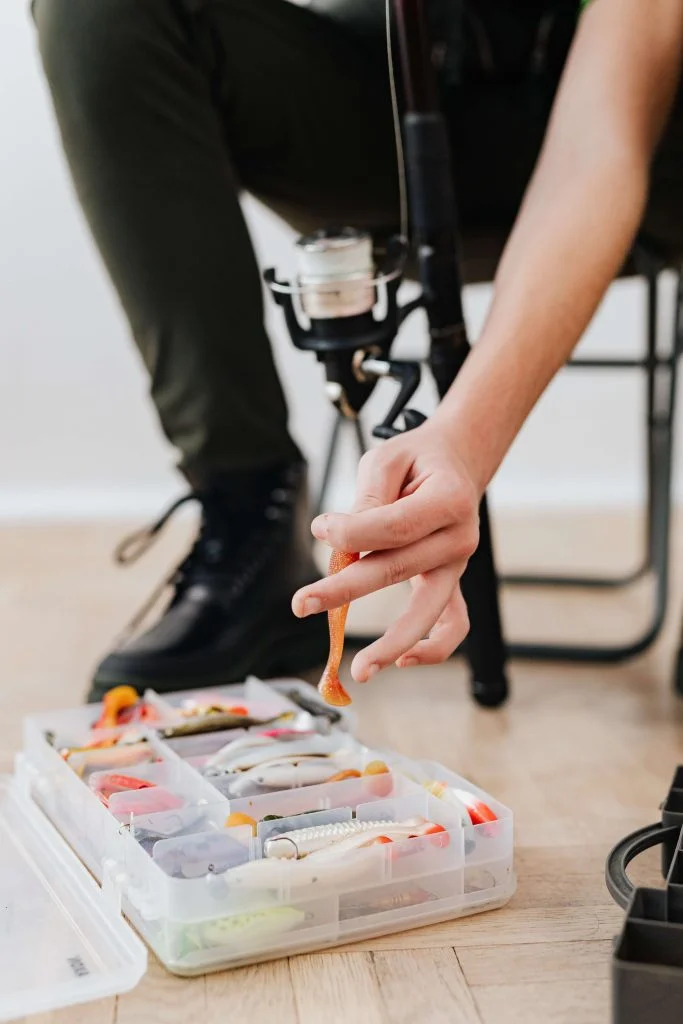
Conclusion
Microjigging is a highly effective fishing technique that has revolutionized how anglers target various fish species. Its finesse approach and the versatility of micro jigs make it a popular choice among fishing enthusiasts. By understanding the importance of micro jigging, the different types of micro jigs available, and selecting the appropriate fishing gear, anglers can enhance their chances of success and enjoy a rewarding fishing experience.
FAQs
Q. What is micro jig fishing?
A. Micro jig fishing is a finesse fishing technique that uses small, lightweight jigs to attract and catch fish.
Q. Why is it called jig?
A. The term “jig” refers to the type of bait used in this fishing technique. In most cases, jigs feature a weighted head and a hook, resulting in a distinct motion when jerked or twitched in the water.
Q. What is a jig and its advantages?
A. A jig is a fishing lure that consists of a weighted head and a hook. Its advantages include versatility, as jigs can be used in various fishing environments and for different fish species. Jigs also offer excellent control and allow anglers to target specific areas precisely.
Q. What are the features of a jig?
A. The features of a jig include a weighted head for casting distance and sinking, a hook for securing the catch, and often a skirt or trailer to enhance the bait’s appearance. Jigs come in different sizes, shapes, and colors to mimic natural prey and attract fish effectively.
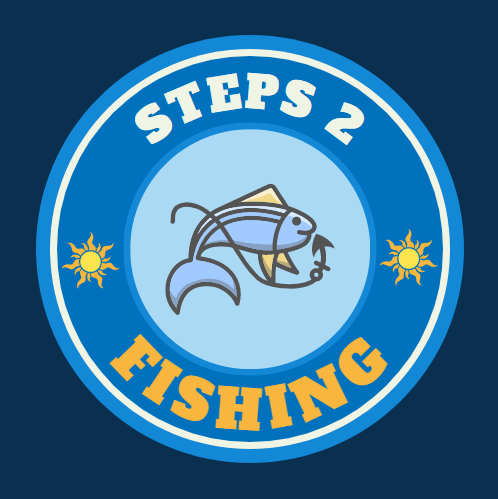

Leave a Reply